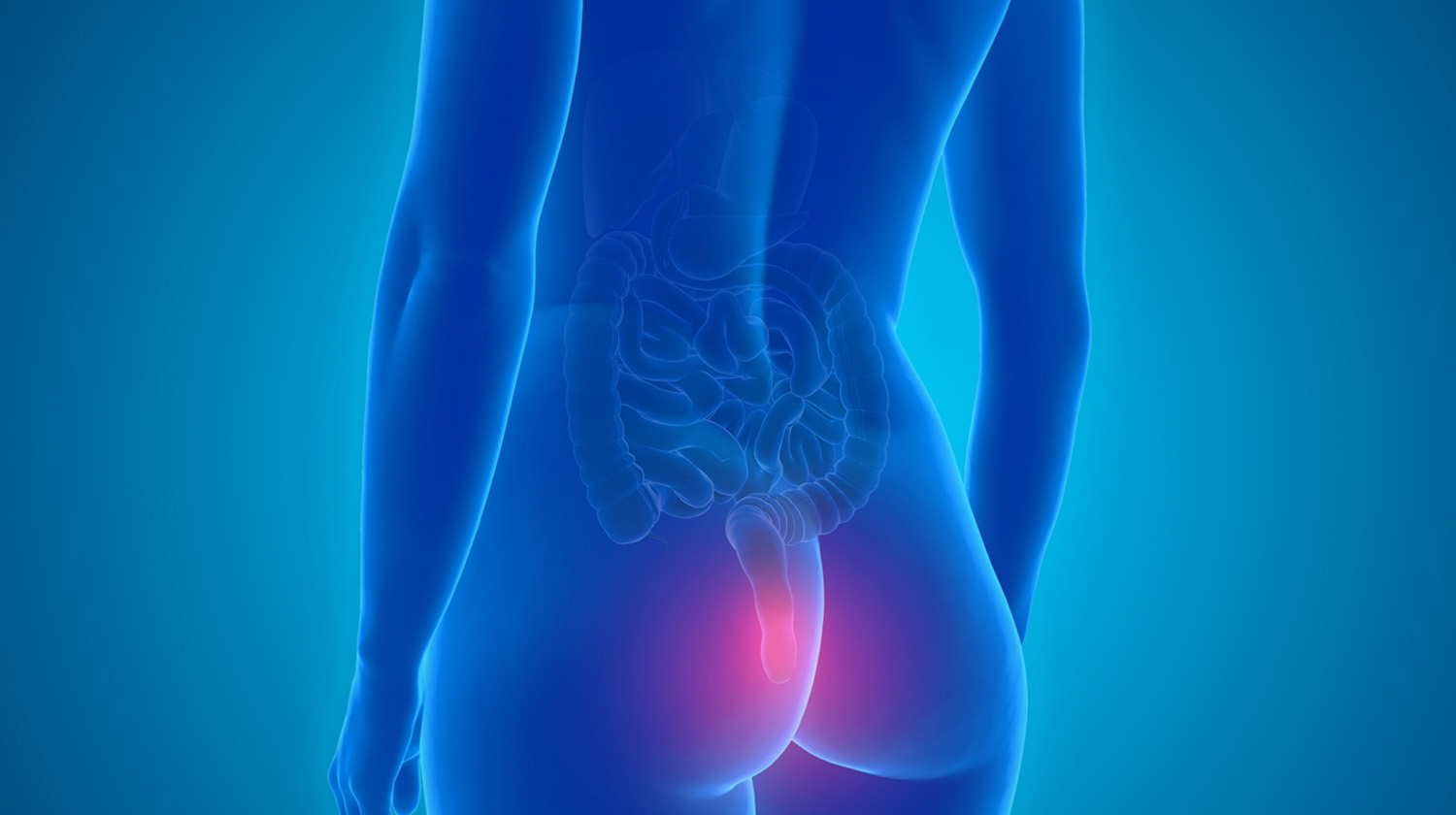Haemorrhoids
Haemorrhoids (piles) are enlarged blood vessels which occur around the anus. They can cause symptoms such as bleeding and itching, mucus discharge and pain if thrombosed. There are two types of haemorrhoids: internal and external.
Internal haemorrhoids are within the anus and are aggravated by constipation or straining. When they enlarge, internal haemorrhoids may come down through the anus (usually whilst passing stool). This is known as prolapse, with prolapsed haemorrhoids occasionally remaining outside the entire time. Prolapsed internal haemorrhoids may cause mucus discharge, which creates a ‘wet’ sensation in the underwear. Unless the haemorrhoids are complicated by clotting (thrombosis) or swelling/squeezing (strangulation), they are rarely painful.
External haemorrhoids are located on the outside of the anus and are covered by skin. They are usually enlarged due to stretching of the skin surrounding the anus, as in events such as childbirth or straining. These haemorrhoids are often itchy and uncomfortable, and can even be painful when blood clots form in the vessels under the skin.

